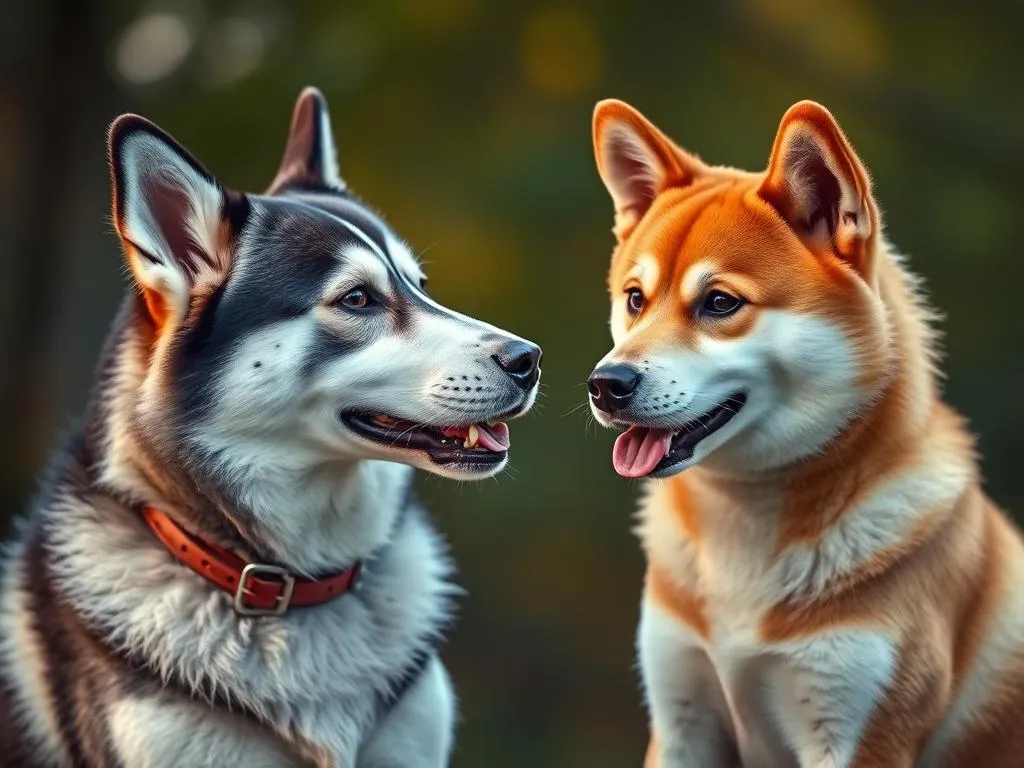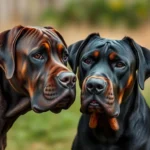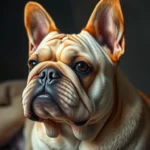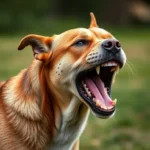
Introduction
Dog breeds have captivated the hearts of many, with their varying characteristics, sizes, and temperaments. Among these breeds, the Husky and Shiba Inu stand out due to their unique traits and increasingly popular appeal. Understanding the characteristics of these breeds is essential for potential dog owners, as it can significantly affect compatibility with their lifestyles and living situations. This article will delve into a comprehensive comparison of Huskies and Shiba Inus, helping prospective owners make informed decisions.
Overview of Dog Breeds
Definition of Dog Breeds
A dog breed is a specific group of domestic dogs with a common ancestry and distinct characteristics. Breeds are typically recognized by their physical traits, behavior, and purpose. Historically, dog breeding has been a practice aimed at enhancing specific traits for work, companionship, or show. This process has led to a rich diversity of breeds, each with its own unique attributes.
Importance of Choosing the Right Breed
Selecting the right breed is crucial as it impacts your lifestyle and overall compatibility with a dog. Factors such as energy levels, grooming needs, and temperament should all be considered. First-time dog owners often face different challenges compared to experienced owners, making it essential to choose a breed suited to their experience level and lifestyle.
General Characteristics of Huskies and Shiba Inus
Siberian Husky
Physical Appearance
The Siberian Husky is a medium-sized dog known for its striking appearance. Typically weighing between 35 to 60 pounds and standing about 20 to 24 inches tall, Huskies are recognized for their thick double coat, which comes in various colors, including black, gray, red, and agouti. Their almond-shaped blue or multi-colored eyes add to their allure, and their erect triangular ears give them a keen and alert expression.
Temperament
Huskies are known for their friendly and outgoing nature. They are energetic dogs with a playful spirit, making them excellent companions for active individuals. However, they can also be independent and stubborn, which may pose challenges during training. Their sociable temperament allows them to get along well with children and other pets, though they may exhibit a strong prey drive.
Health Considerations
On average, a Siberian Husky lives between 12 to 15 years. Common health issues include hip dysplasia, eye disorders such as cataracts, and skin conditions. Regular veterinary care and a healthy diet can help mitigate these concerns.
Shiba Inu
Physical Appearance
The Shiba Inu is a small to medium-sized breed, typically weighing between 17 to 23 pounds and standing about 13 to 17 inches tall. They have a well-proportioned, compact body and a distinctive curled tail. Shiba Inus come in various coat colors, including red, sesame (red with black-tipped hairs), cream, and black and tan. Their fox-like face and erect ears contribute to their charming appearance.
Temperament
Shiba Inus are known for their spirited and confident demeanor. They can be aloof with strangers but are loyal and affectionate with their families. This breed has a strong-willed personality, making training a challenge for some owners. They are generally quiet dogs but are known for their unique vocalizations, often described as “talking.”
Health Considerations
The average lifespan of a Shiba Inu ranges from 12 to 15 years. They are generally healthy but can be prone to certain conditions such as hip dysplasia, patellar luxation, and allergies. Regular health check-ups and a balanced diet are important for maintaining their health.
Comparing Huskies and Shiba Inus
Size and Appearance
When comparing Huskies and Shiba Inus, size is one of the most noticeable differences. Huskies are larger and more robust, whereas Shiba Inus are smaller and more compact. The coat types also differ; while both breeds have double coats, Huskies tend to have a thicker and longer coat that requires more maintenance.
Temperament and Behavior
Huskies are known for their high energy and playful nature, often requiring more interaction and exercise. In contrast, Shiba Inus are generally more independent and can entertain themselves. While both breeds are intelligent, Huskies may be easier to socialize due to their friendly nature, whereas Shibas can be more reserved and require more patience during training.
Exercise and Activity Requirements
Huskies are highly active dogs that require significant daily exercise—around 1 to 2 hours—preferably in the form of running or engaging activities. They thrive in environments that allow them to explore and expend energy. On the other hand, Shiba Inus need about 30 to 60 minutes of exercise daily, which can be met through walks and playtime. Both breeds benefit from mental stimulation, but Huskies may need more varied activities to keep them engaged.
Grooming and Maintenance
Grooming needs vary between these two breeds. Huskies shed profusely, especially during seasonal changes, and require regular brushing—at least once a week, or more during shedding seasons. Shiba Inus, while also shedding, have a less intense grooming requirement; they typically need brushing at least once a week to minimize loose fur. The cost and time associated with grooming can be higher for Huskies due to their coat’s density.
Health and Lifespan
Both breeds have a similar lifespan, ranging from 12 to 15 years. However, the Siberian Husky tends to face specific health issues like hip dysplasia and eye disorders, while the Shiba Inu may encounter problems like patellar luxation. Regular veterinary visits and preventive care are crucial for both breeds to ensure a healthy life.
Living with a Husky vs a Shiba Inu
Family Compatibility
When it comes to family compatibility, Huskies are generally more sociable and playful, making them great companions for families with children. They tend to be tolerant of kids and enjoy being part of family activities. Conversely, Shiba Inus can be more selective in their interactions and may be better suited for families with older children who can respect their space and independence.
Training and Behavioral Challenges
Training a Husky can be challenging due to their independent nature. They respond well to positive reinforcement techniques, but consistency is key. In contrast, Shiba Inus can be quite stubborn, requiring patience and creativity in training. Both breeds may exhibit behavioral issues if not properly stimulated, such as chewing or digging.
Adaptability to Various Living Environments
Huskies thrive in environments that provide ample space for exercise, making them more suitable for homes with yards or access to open areas. They can adapt to apartment living but require regular outdoor time. Shiba Inus, being smaller and more adaptable, can do well in apartments as long as they receive adequate exercise and mental stimulation.
Cost of Ownership
Initial Purchase Price
The initial cost of acquiring a Siberian Husky typically ranges from $1,000 to $2,500, depending on the breeder’s reputation and the dog’s lineage. In contrast, Shiba Inus can be found for a lower price, usually between $1,200 and $3,000. Adoption fees may vary depending on local shelters and rescues.
Ongoing Costs
Ongoing costs for both breeds include food, grooming, veterinary care, and various supplies. Huskies, being larger, may require more food, leading to slightly higher monthly expenses. Grooming costs can also be higher for Huskies due to their shedding. Both breeds should receive regular veterinary check-ups and vaccinations, contributing to their overall care expenses.
Potential Unexpected Costs
Owning a dog can come with unexpected expenses. Health issues can arise, leading to potential vet bills. Training classes may also be necessary, especially for breeds like the Husky and Shiba Inu, which may require additional assistance with socialization and behavior management.
Conclusion
In summary, both the Husky and Shiba Inu are unique breeds with their own set of characteristics. Huskies are energetic, sociable, and require significant exercise and grooming, while Shiba Inus are more independent and require less maintenance. When choosing between these two breeds, potential owners should carefully consider their lifestyle, living environment, and personal preferences. Understanding the distinctions between these breeds will aid in making an informed decision that aligns with their needs and abilities as dog owners.









